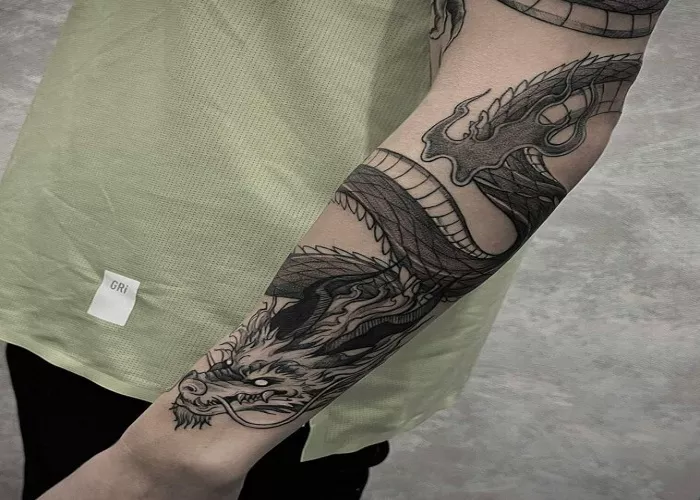The global tattoo industry is poised for substantial growth, with market projections estimating a valuation of $4.49 billion by 2032, according to recent industry analysis. Once considered fringe or rebellious, tattoos have become mainstream cultural markers, embraced across age groups, professions, and geographies. This shift is underpinned by rising demand for self-expression, evolving fashion trends, and technological advancements.
Market Overview and Growth Forecast
From traditional parlors to modern studios, the tattoo landscape is undergoing rapid transformation. The market is expected to expand at a compound annual growth rate (CAGR) of 9.7% from 2025 to 2032. Contributing factors include increased societal acceptance, influencer and celebrity endorsement, and significant improvements in tattooing equipment and ink technologies.
Key developments such as ergonomic tattoo machines, longer-lasting pigments, and reduced discomfort during procedures are enhancing the customer experience. Additionally, the rise of online portfolios and global exposure on platforms like Instagram and TikTok has elevated custom tattoo artists to international prominence.
Market Segmentation
Traditional Tattoos: Characterized by bold lines and vibrant colors.
Watercolor Tattoos: Abstract and colorful, mimicking paintbrush effects.
Minimalist Tattoos: Small-scale, clean-line designs for subtlety.
3D Tattoos: Hyper-realistic and detail-rich, increasingly in demand.
Other Styles: Including tribal, Japanese, and geometric tattoos.
By End User
Individual Consumers: The primary market, driven by personal expression.
Studios & Parlors: Offering services and ancillary products like aftercare creams and tattoo accessories.
By Region
North America leads the market, especially the U.S., where tattoo culture is highly commercialized and widely accepted.
Europe follows closely, with strong markets in the UK, Germany, and Italy, supported by cultural heritage and frequent tattoo conventions.
Asia-Pacific is projected to grow fastest, with rising youth interest and shifting cultural norms in countries like Japan, South Korea, and China.
Latin America & Middle East show emerging growth despite cultural reservations, driven by youth trends and growing exposure to global tattoo culture.
Emerging Submarkets: Removal and Maintenance
As tattoos become more common, so does demand for removal services. Laser tattoo removal and touch-up procedures are gaining traction, forming a key subsegment of the industry.
Key Growth Drivers
Cultural Acceptance: Tattoos are increasingly viewed as personal art rather than symbols of rebellion.
Influencer and Celebrity Impact: High-profile figures have normalized tattoo aesthetics.
Fashion Integration: Tattoos are now considered fashion accessories and lifestyle statements.
Technological Innovation: Enhanced safety, speed, and precision are attracting new clientele.
Leading Industry Players
Major companies shaping the industry include:
Mithra, DragonHawk, Eikon Device, FK Irons, Kuro Sumi, Intenze Tattoo Ink, EZ Tattoo Supply, and Tattoodo, among others.
These firms dominate various segments from ink manufacturing and equipment supply to artist platforms and studio services.
Risks and Challenges
Despite strong momentum, the industry faces several challenges:
Regulatory Variability: A lack of global standardization in tattoo regulations can hinder international expansion.
Health and Safety: Risks such as infections or allergic reactions remain a concern, potentially deterring new consumers.
Cultural Barriers: In some societies, tattoos still carry social or religious stigma, limiting market penetration.
Outlook
With sustained growth, evolving consumer preferences, and continuous innovation, the tattoo market is well-positioned to thrive over the next decade. By 2032, the industry is expected to be more diverse, technologically advanced, and culturally embedded than ever before.
For investors and entrepreneurs, the next seven years present both exciting opportunities and important considerations in regulation, safety, and cultural sensitivity. Scenario planning and proactive risk assessment will be critical to tapping into this dynamic and expressive sector.
Related topics:

